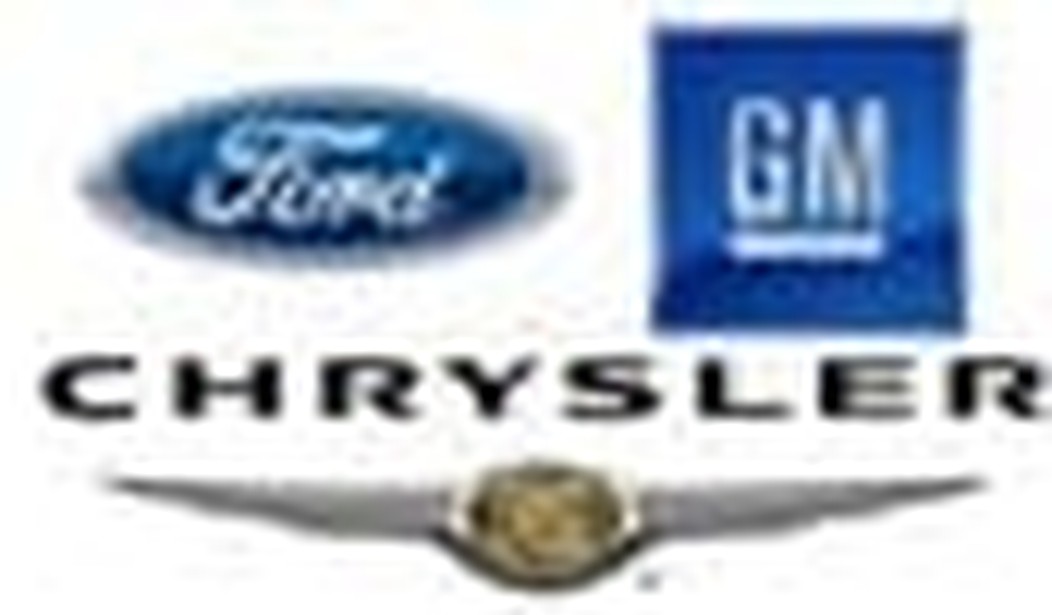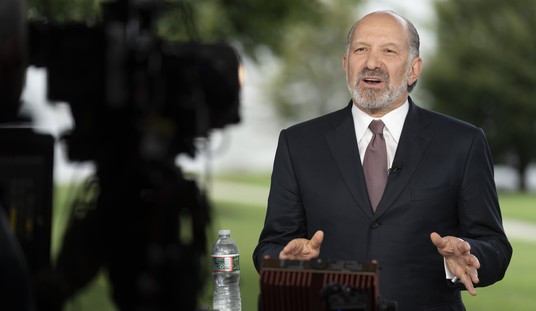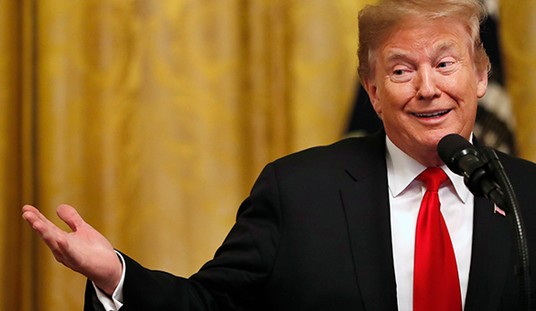Bailing out our domestic auto industry is not an easy task. After Congress ran Detroit’s Big Three executives through the mill, admonishing them for the audacity to arrive in corporate jets, they demanded another visit with business plan in hand.
Then after reviewing the plans, the response from Congress was “let’s make automakers commit to: a) keeping the high UAW labor costs, b) building cars that Congress approves of, c) promising not to resist individual state carbon emission initiatives, and d) putting up with a ‘Czar’ to micromanage operations.” Now there’s a recipe for commercial success.
Of course, Congress had to punt the automakers over to the White House, where after a week of deliberation, a solution was reached that nearly no one really likes. Fiscally responsible conservatives are not fond of tapping Troubled Asset Relief Program funds for anything other than the financial institutions they were intended for. A better answer would have been a structured reorganization, according to most on the right side of the isle.
Meanwhile, Democrats who count on labor for getting elected, don’t like the language. Nancy Pelosi complains: “The White House proposal unfortunately singles out workers and clearly puts them at a disadvantage before negotiations have even begun. … [A]ll laws governing fuel efficiency, emissions and improvements in automotive technology must be preserved.” She went on to say that Congress stands ready to work with all parties. That’s reassuring.
Meanwhile, most of the adult population is getting weary of all the billions of dollars tossed around the beltway like party favors. Sure, it’s essential to restart the economy, but most realize that cranking up printing presses to make money has the potential of turning our country into pauper status.
Since all of us have a stake in this game of automaking, how good are our chances of coming out of this without forfeiting our tax dollars? The answer to that question depends upon which automaker we’re talking about and just how soon our economy recovers. Success depends upon at least enough credit available to allow financing of new car sales. And little will happen until a good portion of the general public becomes more optimistic about the future and spends some money.
Of Detroit’s three automakers, Chrysler may be the most challenged. The company had a rocky relationship with its former owner, Germany’s Daimler. On one hand, some products benefited from a few nice bits and pieces picked out of the Mercedes-Benz parts bins. Even a couple of entire vehicles, the Chrysler Crossfire sports car and Dodge Sprinter van, are essentially Mercedes products under different sheet metal.
Today’s Chrysler, under Cerberus Capital Management ownership, can only recover with a product-led comeback. That’s not new to Chrysler, since the venerable automaker has been strapped to the railroad tracks of financial disaster twice before. So the company needs cool, smart new vehicles — and leadership that can compel people to buy them.
Chrysler CEO Robert Nardelli asserts that the company is well on its way to restructuring its business, a process that began in 2007, and plans to launch 24 vehicles from 2009 through 2012. What’s more, the company claims that it’s in a position to make a major splash with electric vehicles based on its experience with GEM, a producer of electrics that are limited to slow city transport.
The trick for Chrysler is to pull this off with $4 billion of our money and an additional $2 billion from Cerberus. That money will be tasked to pay suppliers and employees and to fund the new products and marketing efforts. At the same time, Chrysler has too many dealers and is in the middle of combining them into fewer, stronger stores that sell all the brands — Chrysler, Jeep, and Dodge. While it’s hardly a bright spot, some of the weaker dealers have already failed and more will succumb to the dramatic sales downturn, so at least Chrysler won’t have to buy them out. (GM learned how expensive the buyout proposition was when it killed Oldsmobile.)
If Chrysler can generate some product excitement, perhaps Jim Press, the ex-Toyota executive who serves as co-CEO and chief marketing officer, can try his hand as the voice of the newly reformed company. The mysterious Robert Nardelli doesn’t seem to be the right candidate, and if Press isn’t up to it, they might consider recruiting Lee Iacocca. It worked years ago and Lido could combine Chrysler’s past comeback with selling future iron.
General Motors has made slow, steady improvement in its reformation. The General would like to move faster, but between labor agreements and a few too many franchises, it’s not the kind of rework that takes well to a corporate cattle prod. Hummer needs a small, nimble Wrangler-style vehicle to be relevant, or it needs to be sold to people who love the faux military style. I suggest the Russians as a likely candidate. And GM may not have time to change Saturn into a franchise selling European GM products along with a plug-in electric vehicle or two. But killing the brand may be even more expensive.
GM’s good news is that it has focused its model lineup as it reworked brands. In 2005, Buick offered eight models, most based upon keeping factories running, not consumer demand. In 2009, there will be three Buicks to choose from: Lucerne, La Crosse, and Enclave. The Enclave crossover is a hit from this season and a new La Crosse looks just as promising for next year. Cadillac has a newly focused lineup and Chevy’s new Equinox looks like a real challenger to Toyota’s RAV4 and Honda’s CRV models. And the Volt, Chevy’s plug-in, extended range electric is still on track for November 2010 launch. It could be a game changer for GM if the price isn’t too high.
Ford is in the best position to weather this perfect storm. The company is launching compelling new products with lots of surprises in the works. Ford sold assets including Aston Martin, Jaguar, and Land Rover when there were still buyers and its finance arm is solvent. And since it doesn’t need a government loan, management can run the business without trying to please an assigned bureaucrat.
The next three months will be decisive. If the UAW comes to the table and moves its 2010 contract up a year, Congress keeps itself from turning GM and Chrysler into Freddy Mac and Fanny Mae and the Obama administration helps by keeping all the special interests at bay, we just could see a newly revitalized domestic auto industry.
That’s a lot to bank on, but if we want a vibrant automotive marketplace, it’s worth the risk.









Join the conversation as a VIP Member